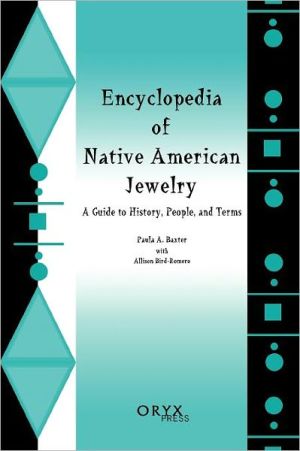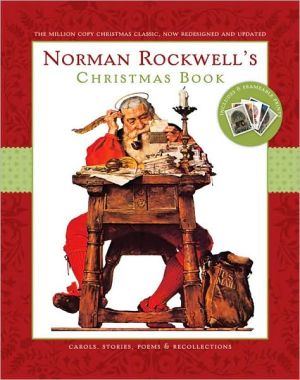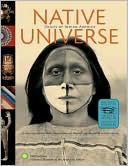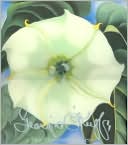Encyclopedia of Native American Jewelry: A Guide to History, People, and Terms
This new guide is the first to explore all facets of Native American jewelry—its history, variety, and quality—in one convenient resource. With coverage beginning in the mid-nineteenth century, this resource includes artists, techniques, materials, motifs, and more. The encyclopedia opens with helpful introductory essay to acquaint the reader with the subject. More than 350 entries and over 80 photos make this new encyclopedia and exceptional value.
Search in google:
Curator of the Art and Architecture Collection at the New York Public Library's Humanities and Social Science Library, Baxter presents a guide to people, techniques, design motifs, materials, and forms of Native American jewelry-making from the first contact with Europeans to the present, but focusing primarily on the past 150 years. The 350 entries are highly cross-referenced and usually contain references for further information. Annotation c. Book News, Inc., Portland, ORLibrary JournalThe bonanza years of Native American jewelry may not be over, with its praises being sung by such recent publications as the St. James Guide to Native North American Artists (LJ 12/97) and Lois Dubin's very fine North American Indian Jewelry and Adornment (LJ 8/99). This encyclopedia is intended for ready reference and probably won't appeal to those wanting detailed tribal history, lush color photos, or how-to instructions. But for a quick definition of "heishi" or "sodalite," to find which tribe Charles Loloma belonged to, or to get an overview of Iroquois jewelry, it will suffice. A lengthy introduction gives a basic history and basis for design. Hundreds of artists receive brief entries, as do stones, methods, and tribes; readers will also find maps, guides to selected topics, collections and exhibitions, and the appropriate care of jewelry; and artist and subject indexes. Some entries give short shrift to important points, e.g., wampum was made into the late 1800s and largely by white craftspeople, notably the Campbell family, for sale to Indians, and gorgets were not an Indian invention but were adapted from the neckpiece of English armor. Traders--a very important crew--are mentioned mostly by last names only, while some tribes, like the Cherokee, or noted families, like the Clarks, are not given their own entry at all. The emphasis is largely on Southwestern jewelry, and most of the illustrations are of Southwestern work. Still, to fill a void in a larger art or Native American collection or where there is interest, this is certainly a reasonable purchase. [Baxter, curator of the Art and Architecture Collection, NYPL, is a former LJ reviewer--Ed.]--Gay Neale, Meredithville, VACopyright 2000 Cahners Business Information.\\
Guide to Selected TopicsPrefaceAcknowledgmentsIntroductionEncyclopedia of Native American JewelryAppendix 1. Collections and Exhibitions of Native American JewelryAppendix 2. A Note on the Wear, Care, and Selection of Native American JewelryBibliographyArtist IndexSubject Index
\ Library JournalThe bonanza years of Native American jewelry may not be over, with its praises being sung by such recent publications as the St. James Guide to Native North American Artists (LJ 12/97) and Lois Dubin's very fine North American Indian Jewelry and Adornment (LJ 8/99). This encyclopedia is intended for ready reference and probably won't appeal to those wanting detailed tribal history, lush color photos, or how-to instructions. But for a quick definition of "heishi" or "sodalite," to find which tribe Charles Loloma belonged to, or to get an overview of Iroquois jewelry, it will suffice. A lengthy introduction gives a basic history and basis for design. Hundreds of artists receive brief entries, as do stones, methods, and tribes; readers will also find maps, guides to selected topics, collections and exhibitions, and the appropriate care of jewelry; and artist and subject indexes. Some entries give short shrift to important points, e.g., wampum was made into the late 1800s and largely by white craftspeople, notably the Campbell family, for sale to Indians, and gorgets were not an Indian invention but were adapted from the neckpiece of English armor. Traders--a very important crew--are mentioned mostly by last names only, while some tribes, like the Cherokee, or noted families, like the Clarks, are not given their own entry at all. The emphasis is largely on Southwestern jewelry, and most of the illustrations are of Southwestern work. Still, to fill a void in a larger art or Native American collection or where there is interest, this is certainly a reasonable purchase. [Baxter, curator of the Art and Architecture Collection, NYPL, is a former LJ reviewer--Ed.]--Gay Neale, Meredithville, VACopyright 2000 Cahners Business Information.\\\ \








